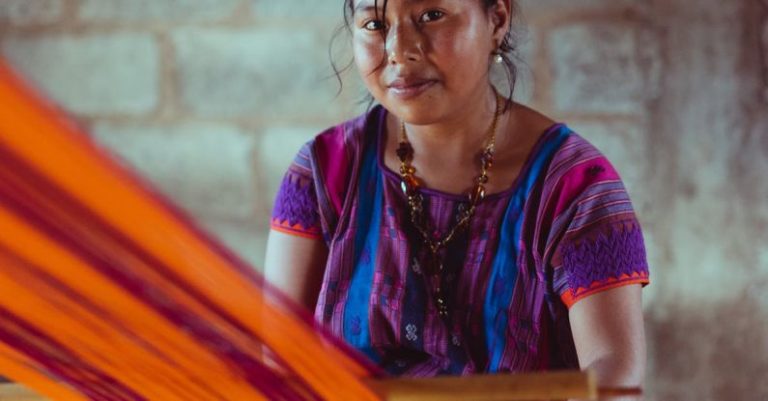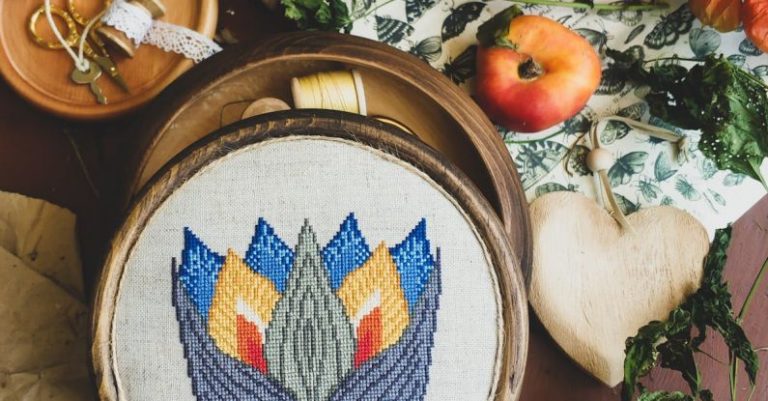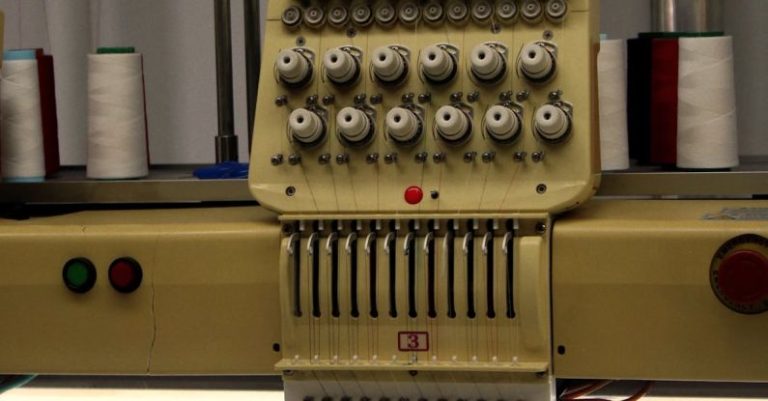
Embroidery is a beautiful and rewarding craft that allows individuals to create unique and personalized pieces of art. Whether you are a beginner or an experienced embroiderer, completing an embroidery project requires careful planning and execution. In this article, we will explore the essential steps to finish an embroidery project successfully.
Choosing the Right Design
The first step in finishing an embroidery project is selecting the right design. Consider the complexity of the design and your skill level before starting a project. Beginners may want to start with simpler designs, such as basic geometric shapes or floral motifs, while more experienced embroiderers can challenge themselves with intricate patterns or detailed portraits. Choose a design that resonates with you and that you will enjoy working on.
Selecting the Right Fabric and Thread
Once you have chosen a design, the next step is selecting the appropriate fabric and thread for your project. The type of fabric you use will affect the overall look and feel of your embroidery. For example, a light, delicate fabric like linen or cotton may be better suited for fine details, while a heavier fabric like denim or canvas can accommodate more substantial stitching. Similarly, choosing the right thread color and type is crucial for capturing the essence of your design accurately.
Preparing Your Materials
Before you begin stitching, it is essential to prepare your materials properly. This includes cutting your fabric to the desired size and securing it in an embroidery hoop to keep it taut and wrinkle-free while you work. Make sure your needles are sharp and suitable for the fabric you are using, and organize your threads so that they are easily accessible during the embroidery process.
Creating a Stitch Plan
Embroidery involves various stitching techniques, such as backstitch, satin stitch, and French knots, to bring your design to life. Creating a stitch plan before you start stitching can help you stay organized and ensure that your embroidery looks consistent and professional. Consider the order in which you will stitch different elements of your design and plan out the colors and types of stitches you will use for each section.
Embroidering Your Design
With your materials prepared and your stitch plan in hand, it’s time to start embroidering your design. Take your time and work methodically, focusing on one section at a time to ensure precision and accuracy. Pay attention to the tension of your stitches, making sure they are neither too loose nor too tight, and take breaks as needed to prevent eye strain and fatigue.
Adding Finishing Touches
Once you have completed the main embroidery work, it’s time to add any finishing touches to your project. This may include outlining certain elements of your design for added definition, filling in gaps or empty spaces, or adding embellishments like beads or sequins for extra flair. Take this opportunity to review your work and make any final adjustments before moving on to the next step.
Removing the Fabric from the Hoop
After you have finished embroidering your design and added any final touches, carefully remove the fabric from the embroidery hoop. Be gentle to avoid distorting the fabric or causing any damage to your stitches. If necessary, press the back of your embroidery with a warm iron to remove any creases or wrinkles before moving on to the final step.
Finishing and Displaying Your Embroidery
The last step in finishing an embroidery project is to prepare it for display or use. Trim any excess fabric around the edges of your design and consider framing your embroidery in a hoop or a frame for a polished look. You can also sew your finished embroidery onto a garment, bag, or other item to create a unique and personalized piece. Once your embroidery is complete, proudly display your work or give it as a thoughtful gift to someone special.
In conclusion, finishing an embroidery project requires careful planning, attention to detail, and a steady hand. By following these essential steps, you can create beautiful and professional-looking embroideries that showcase your skills and creativity. Enjoy the process of bringing your design to life through stitching and embroidery techniques, and don’t be afraid to experiment and make each project your own. Embroidery is a versatile and rewarding craft that offers endless possibilities for creativity and self-expression.





